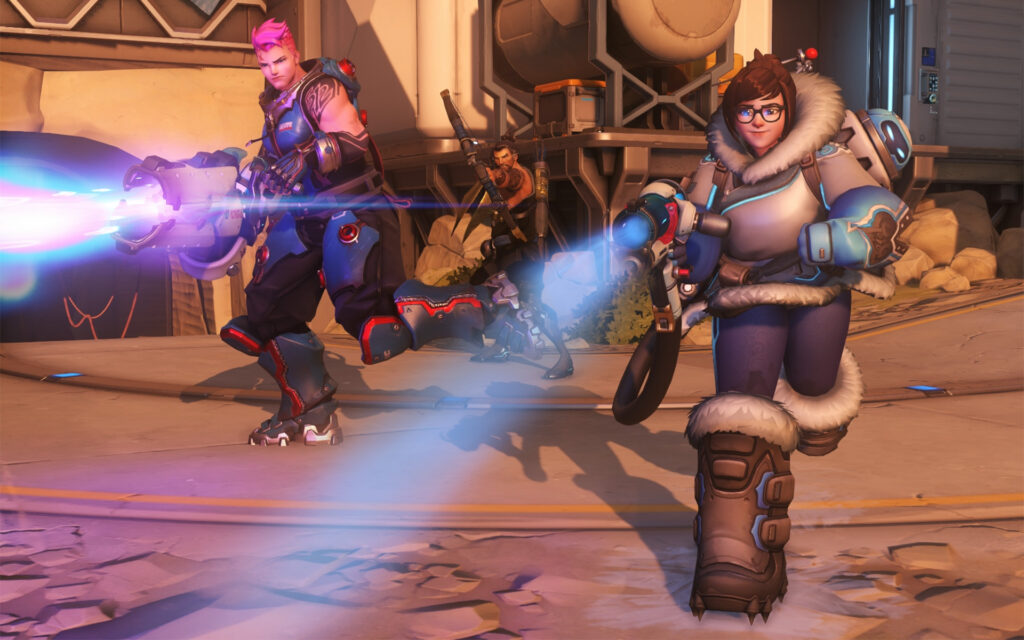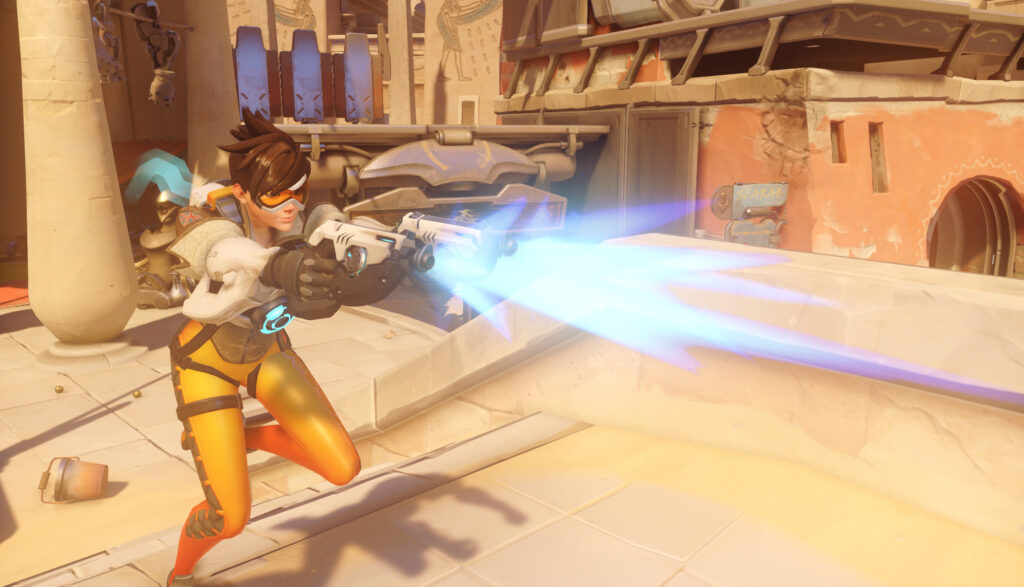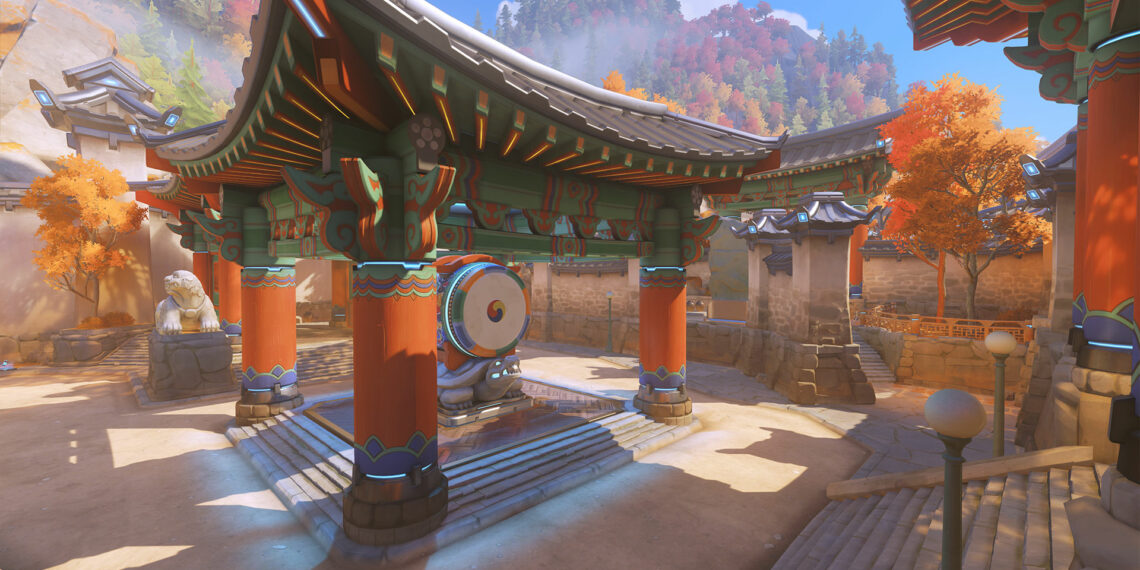With San Francisco Shock’s 4-0 triumph over the Vancouver Titans settling the Overwatch League Grand Finals on September 29th in Philadelphia, we are now looking forward to the 3rd season of this Activision-Blizzard esports event. The organizers showed courage and vision by adapting a system that closely resembles the structure of established sports like the NBA or the NFL instead of following a more loose esports league template. How is the Overwatch League (OWL) doing currently? Has it been a success? Are there issues that need to be promptly addressed? As we wait for the 2020 season, here’s a brief performance analysis of the league-
THE GOOD
· DREW IN MAJOR INVESTORS AND SPONSORS
In many ways, the OWL wants to revolutionize the esports scene, which has seen a boom over recent years, and geolocalization is its primary tool to achieve this objective. Up to this point, most of the OWL matches took place at the recently closed Blizzard Arena in LA, but from next season on teams will play on a home and away basis. This style is much more akin to the format we get to see in traditional sports leagues around the world. This is an ambitious move made by league organizers to tap into local revenue streams, which in turn attract many prominent franchisees to invest in OWL teams. Activision CEO Robert Kotick explained to USA Today how a passionate area based fan culture will benefit the league-
North American sports tycoons like Robert Kraft (owner of New England Patriots), the Kroenkes (owners of Colorado Rapids, LA Rams and UK soccer giants Arsenal) and Jeff Wilpon ( COO of New York Mets) are some of the high profile names who have stakes in OWL franchises. The target demographic, which primarily features people aged between 18 and 34, has also added to the league’s commercial appeal. This helped the organizers to bag massive sponsorship deals from the likes of Coca Cola, Toyota and T-Mobile.
· SURGE IN VIEWERSHIP
OWL season 2 maintained strong viewership numbers suitably peaked during the Grand Final. A whopping 1.12m audience members per minute tuned in to see the San Francisco Shock cruising to victory over their Vancouver rivals. That figure accounts for a 16% increase in viewership compared to last season’s event. The live broadcast was available on many digital platforms including Twitch, Bilibili, Zhanqi and ABC. The television rights were picked up by Disney, so the tournament was featured on channels like ESPN, Disney XD as well. OWL is the only sports event to have experienced a viewership rise in 2019 among the US 18-34 demographic, as its numbers went 11% up within the said age group. In terms of overall viewership, Blizzard reveals OWL averaged 313,000 viewers per minute per game, which is an impressive 18% rise from the previous tournament.
· EXCELLENT PLAYER PRIVILEGES
Blizzard has taken some fantastic steps to ensure player privileges. All teams are obligated to pay a minimum annual wage of $50,000 to all players. This assures rookie players are earning a decent amount in their starting years and the franchises distributing their total wage bill more evenly between veterans and newcomers. As one would expect, there’s opportunity to earn significantly more as you enhance your player profile. Individually, players can bag as much as $5m a year without personal sponsorship revenues. The teams must sponsor residential and practice facilities throughout the playing season. Moreover, players are also given health insurance and retirement savings plans, which is a rarity elsewhere in the esports community.
· A PASSIONATE FAN FOLLOWING
From day 1, OWL tried to give its fans a taste of being a major league fan. Adapting a franchise model and promoting regional rivalries paid dividends for organizers in respect of sponsorship and fan following. The match day arenas pulsated with a lively atmosphere as the fans cheered their hearts out for the teams they support in the stands. The engaging crowd is testament to the fact that Blizzard is successful in establishing a genuine connection between the fans and the event. For any fledgling sports event to fulfill its potential, it needs to make its fans care. On that front, OWL is doing an outstanding job.

THE BAD
· LACKLUSTER GRASSROOTS LEVEL
The lower level competitions are being criminally overlooked by the OWL authority. There’s no option to gain promotion to the premium event by winning the immediate subordinate competition-the Contenders League. The CL has been downsized to 8 teams currently, which further limits the opportunity of new teams entering the contest despite the allure of a larger paycheck. This second tier league is not properly endorsed by Blizzard, so all it is right now is a feeder league to OWL franchises. Since the progress path is limited from Open Division to the Contenders League, lower league teams struggle to attract financial backing from sponsors.
· PLAYER BURNOUT
One of the toughest challenges OWL face needs to tackle is minimizing the level of player burnouts and creating a sustainable lifestyle for its players. The stress of rigorous training and competition has forced many players into retirement including the likes of Do-hyung “Stellar” Lee, Daniel “dafran” Francesca and Brandon “A_Seagull” Larned.
· NO PLAYER’S UNION
The OWL lacks the most important element of a working sports ecosystem- a player’s union. There is no collective body to look out for player interests. Blizzard has complete control over all regulations, payment arrangements and player trades.

THE UGLY
· THE HOME-AWAY SCHEDULES WILL EXHAUST PLAYERS
As we have already discussed, the OWL is launching a home and away format for their league encounters. Twenty participating teams will be divided into two conferences, and each of the teams will meet other teams of their respective conferences twice a season-once in front of their home crowd and once in enemy territory.
ATLANTIC CONFERENCE
| NORTH DIVISION | SOUTH DIVISION |
| Boston Uprising | Atlanta Reign |
| London Spitfire | Florida Mayhem |
| New York Excelsior | Houston Outlaws |
| Paris Eternal | Philadelphia Fusion |
| Toronto Defiant | Washington Justice |
PACIFIC CONFERENCE
| EAST DIVISION | WEST DIVISION |
| Chengdu Hunters | Dallas Fuel |
| Guangzhou Charge | Los Angeles Valiant |
| Hangzhou Spark | Los Angeles Gladiators |
| Shanghai Dragons | San Francisco Shock |
| Seoul Dynasty | Vancouver Titans |
With the new format in place, travel will be a crucial variable for OWL teams going forward. Vancouver Titans and Seoul Dynasty will have to take a 10 hour flight to play in each other’s homelands. The players are already striving to cope with existing OWL schedules; with jetlag and adjustments in time zone thrown in to the mix, the burnout numbers are likely to take a turn for the worse. San Francisco Shocks manager voiced his concerns ahead of the new season saying-
Implementing a home and away format highlights a visionary step not only for the OWL but for the entire esports industry. But, I feel the league could have handled this better by creating more regional blocks. For example, there are five East Asian teams involved, they could have played each other home and away and the travel would have been much easier given the proximity. Maybe we’ll see that model come to fruition in the coming years, but as of now, the league format threatens to exert a severe physical toll on the players which will ultimately hurt the league.



